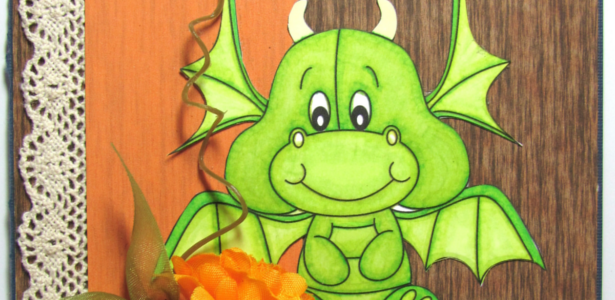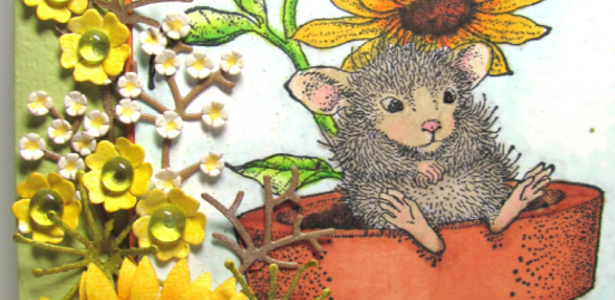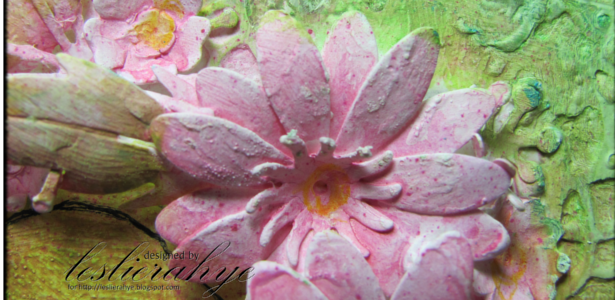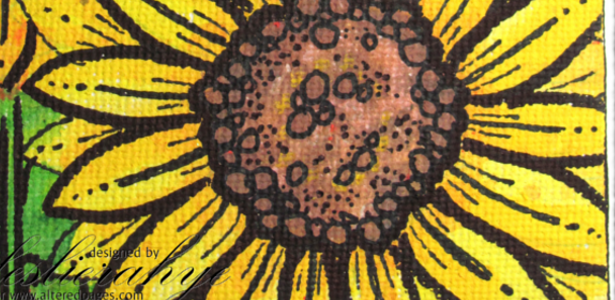noun: the faculty or phenomenon of finding valuable or agreeable things not sought for
adjective: obtained or characterized by serendipity
Serendipity squares and shapes are popping up all over scrapbooking and cardmaking these days. The are nifty ways to use up pieces of paper that you have left over from projects, but you can also buy papers specifically with serendipity shapes in mind. There is no wrong way to do this, just a few basic steps to get you started. They add texture and interest to any piece of paper and are fun to create.
Supplies:
Necessary—
Cardstock (to build your serendipity on)
Coordinating paper (scraps, variety of textures, cardstock, vellum, mulberry)
Glue (glue stick or xyron works best)
Not necessary but fun—
Decorative scissors
Punchies
Clear embossing powder (EP)
Stamps, colored EP, versamark/embossing ink
Heat tool
Stickers
Fiber, beads, charms, wire
see a more complete list below.
The steps:
1. Select your piece of cardstock to build your serendipity on. Whatever color theme you prefer, think of this as the background piece.
2. Choose coordinating papers in your theme—I sort my scraps by "color" just for this purpose. I keep bits and pieces as they will always make fun squares/shapes. This paper can be handmade, mulberry, embossed, metallic, vellum, patterned, anything!
A friend—who taught me to serendipity—suggested that those papers that you bought when you first started scrapping (you know the ones…bordered papers, obnoxious patterns, that "slab" you've all groaned about…) are perfect for this. …because…
3. Now tear and cut and punchie these papers. Use those decorative scissors, punchies, tearing and cut with a cutter. Whatever to make your papers into smaller pieces to glue onto the cardstock.
You can also add texture to them by distressing them, wadding them up, or running them through the crimper.
4. Glue them down—the pieces that is! Don't worry about design at this point, glue down the pieces of paper and make sure that all of the piece is covered so that it won't try to come off when you're cutting. You can let some of the paper overlap the edges as this can be trimmed off later. It will look cluttered—it's supposed to.
GLUE TIP: use an old magazine or catalog for gluing. You can run your glue stick over the edges and then turn the page to glue the next piece—no worries about the glue sticking to the next piece. When you're done with the magazine/catalog—throw it away! (from Sara)
Now you can stop here and cut them up into shapes or squares (see #6).
Here's some where that's all I did: http://gallery.lifetimemoments.com/showgallery.php?cat=500&page=6&ppuser=638
OR…
5. You can EMBELLISH!!!
If you are going to stamp and emboss, it is first suggested to sprinkle clear EP allover the surface of the collage, shake off the excess and emboss it with the heat gun. This keeps other colors of embossing powder from sticking to the stray glue goobers that might have been left from the gluing process. (Sara tip).
You can add ANYTHING to it:
stickers
skeleton leaves
stamps
glitter
punchies
confettie/sequins
ribbon/fibers
Magic mesh
chalk/metallic rub-ons
paint/ink dabs/splates/sponges
Pearl Ex/Perfect Pearls
Glitter/Gel pens/markers
6. Cut the collage into shapes when the adhesive is completely dried—keeps the papers from moving. For squares, I fine a cork-backed ruler, cutting mat and craft knife work best. You could also use a rotary cutter. For shapes, try die cut machines (sizzix, Ellison and Acucut all work well), big punches, and templates. Your imagination is your only limit.
Once cut, you may see places that need a little extra something. It is perfectly okay to "add" more onto it.
7. EMBELLISH AGAIN!!
Your saying to yourself—AGAIN?? Well you can wrap fibers, wire, raffia, ribbon—whatever around it. Apply beads, charms, punchies with popdots, glitter, confetti, whatever to the finished shape. You can mat them with a contrasting/coordinating cardstock. You can use the negative shape of a punchie for an added embellishment on a tag, card or page.
These can become as simple or as ornate as you like!
Here are some suggestions of places to use your serendipity items :
- Using jumbo punches to punch out shapes (hearts, stars, ovals, flowers
- Using a letter template to cut title letters
- Cutting long strips for borders or weaving
- Cutting the collage into large rectangles for photo mats
- Cut circles, squares or ovals and connect them to make a chain
- Cut tags from the collage (or embellish tags with squares, shapes)
- Use the Sizzix machine (or other die cut machine) to cut letters or shapes from the collage page
- Use squares behind your title letters, gluing letters on top.
- Use as squares to mat letter stickers for titles.
- Journaling box – print out journaling on vellum. Place serendipities behind vellum on page.
- Use collage shapes as borders – either down each side vertically or across the top/ bottom of the page.
- Cut circles from your collage sheet and glue them into metal-rimmed circle tags.
- Mount squares on coordinating cardstock and put a brad in the center of each square. Use as accent pieces on the page.
- Tie shapes/squares together with fibers, jute, raffia, cording or ribbon.
























